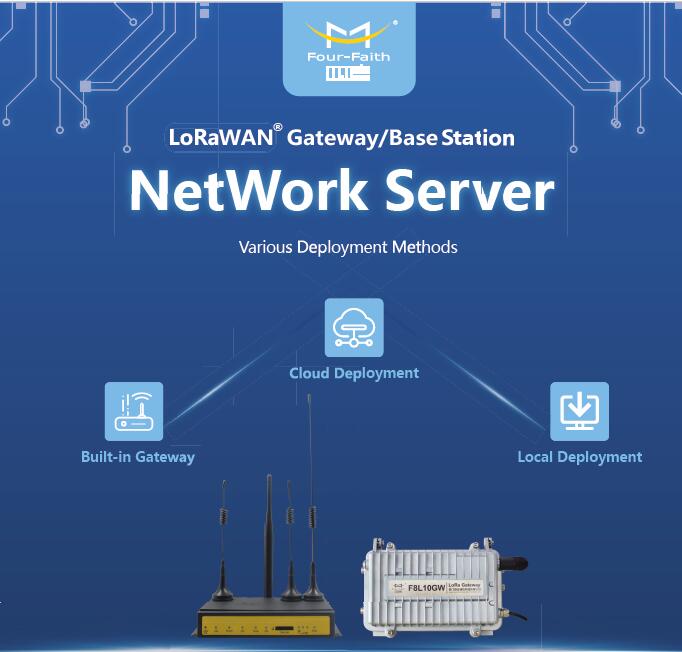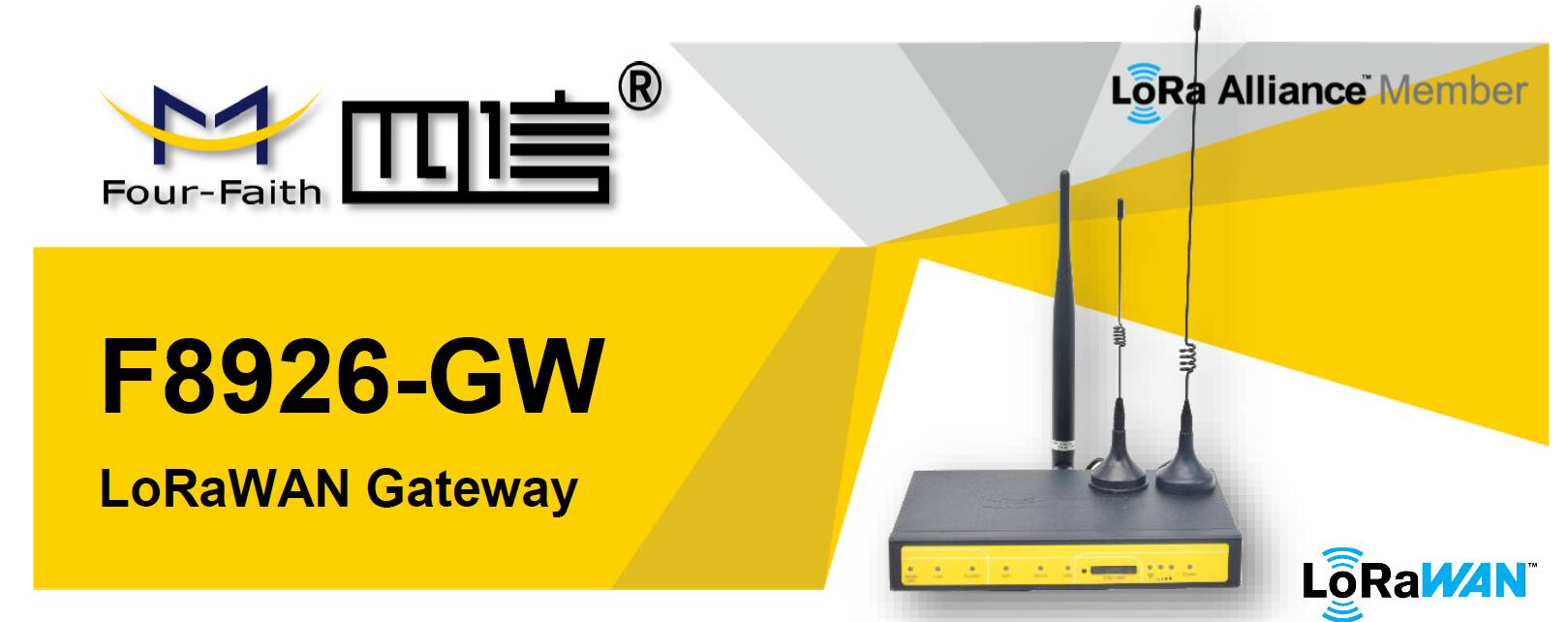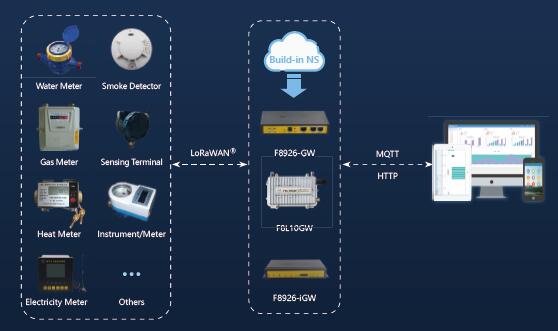Four-Faith LoRaWAN gateway is a gateway based on the Low-power WAN LoRaWAN protocol. It can realize the transmitting & receiving of multi-frequency points and multi-channels, and its super RF processing performance enables the system to have a larger system capacity and a more stable network topology. It is the core device of LPWAN. The LoRaWAN gateway uses a WEB configuration interface and can be widely used in smart cities, wireless meter reading, industrial automation, and smart agriculture, etc.

F8926-GW LoRaWAN base station complies with the standard LoRaWAN protocol and applies to terminals and Network servers that comply with the standard LoRaWAN protocol. LoRaWan Gateway Protocol is a star network. The gateway transmits information between the terminal device and the central network server at the back end. The gateway and the central network server are connected through a standard IP connection, while the terminal device communicates with one or more gateways through single-hop LoRa or FSK. Although communication from a terminal to a network server uses primarily uplink, all communication is usually bidirectional.

The communication between the terminal device and the gateway uses different channels and data rates. The choice of data rates is a compromise between the communication range and the data duration. Communication with different data rates will not interfere with each other. LoRaWAN Gateway Protocol is data rates range from 0.3 Kbps to 50kbps. To maximize terminal device battery life and overall network capacity, LoRaWAN Gateway Protocol network infrastructure can manage data rate and RF output individually for each terminal device in a data rate-adaptive scheme.
Following rules as below, the terminal devices may use any valid channel at any time and any data rate.
1. The terminal equipment uses pseudo-random channel in each transmission, and the resulting channel diversity improves the anti-interference capability of the system.
2. The maximum transfer duty ratio of a virtual terminal device depends on the subband being used and local regulations.
3. The maximum transmission duration (or residence time) of the terminal device depends on the subband in use and local regulations.






















